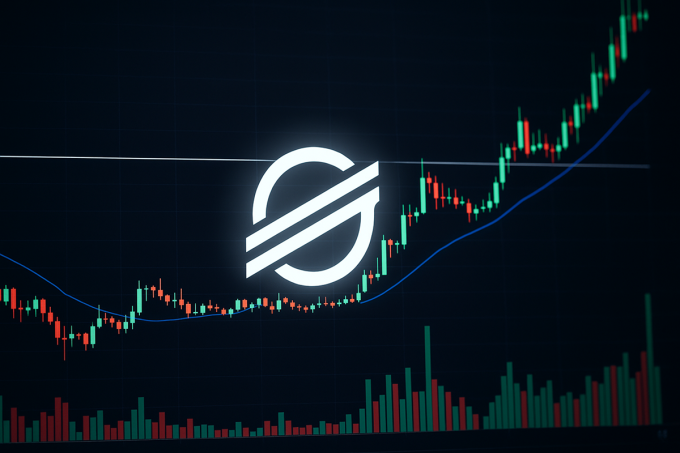Bitcoin suffered a dramatic sell-off on Friday, tumbling below $110,000 after former President Donald Trump announced a 100% additional tariff on Chinese imports, intensifying concerns over a potential trade war. The sudden policy shock triggered over $7 billion in liquidations across the cryptocurrency market, highlighting both the volatility of digital assets and their sensitivity to global macroeconomic events.
Crypto Markets React to Macro Shock
The sharp decline in Bitcoin’s price wiped out gains from the previous week, as the cryptocurrency fell from highs near $125,000 to $109,800 at its intraday low. Ethereum (ETH) also experienced significant pressure, dropping approximately 8% to $2,850, while Solana (SOL) and XRP posted losses exceeding 12%, demonstrating broad-based market weakness.
Data from CoinGlass showed that leveraged long positions were disproportionately affected, accounting for a majority of the $7 billion in liquidations. These forced sell-offs further amplified the downward momentum, underscoring the vulnerability of highly leveraged traders in crypto markets.
“Crypto remains extremely sensitive to macro headlines,” said David Kim, digital-asset strategist at BlockBridge Capital. “Even a non-financial policy announcement can cascade through the market because of leverage and concentrated positioning.”
Investor Sentiment and Behavioral Dynamics
The sell-off revealed a pronounced psychological effect on market participants. Retail traders, who had aggressively entered positions during Bitcoin’s summer rally, were quick to liquidate under stress. Meanwhile, institutional investors reportedly treated the decline as an opportunity to recalibrate exposure rather than exit the market entirely.
Such behavior aligns with historical patterns in high-volatility assets: sharp, headline-driven corrections often induce short-term panic among retail participants, while long-term holders and strategic funds use these moments to reinforce positions or deploy capital opportunistically.
Regulatory and Geopolitical Implications
While Trump’s announcement was primarily trade-focused, its ripple effects extended to technology and software sectors, raising concerns about export controls on cryptographic and blockchain technologies. Market analysts suggest that prolonged U.S.–China tension could tighten global liquidity, strengthen the U.S. dollar, and create a more challenging environment for risk-on assets like Bitcoin.
The Dollar Index (DXY) climbed above 107, reflecting increased demand for safe-haven assets, a pattern that has historically pressured cryptocurrencies during periods of macroeconomic uncertainty.
Forward-Looking Market Considerations
Looking ahead, crypto investors are closely monitoring both diplomatic developments and central bank signals for indications of risk appetite. A de-escalation in trade rhetoric could stabilize prices and attract renewed speculative inflows, while sustained tension may push Bitcoin closer to $100,000 support levels.
Despite the volatility, market participants continue to evaluate Bitcoin’s potential as a high-beta hedge against systemic risks, weighing short-term fluctuations against longer-term adoption trends. Strategic positioning and measured risk management are expected to define investor behavior in the coming weeks, as the market absorbs the combined effects of geopolitical uncertainty and liquidity dynamics.













https://shorturl.fm/ifph7
https://shorturl.fm/9czf3
https://shorturl.fm/UAMt6
https://shorturl.fm/C2OMf